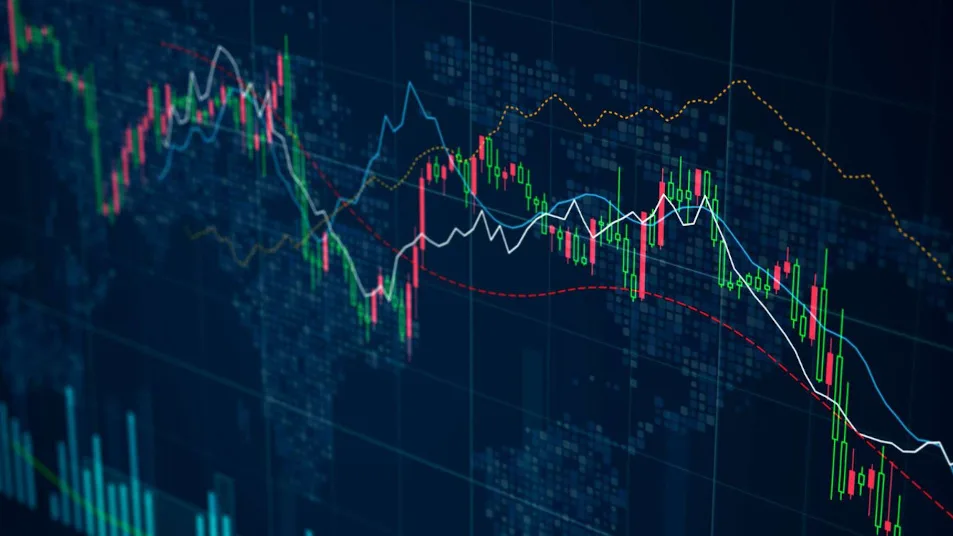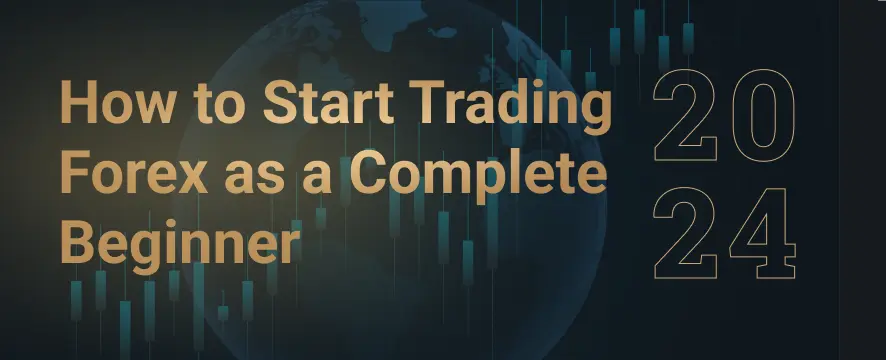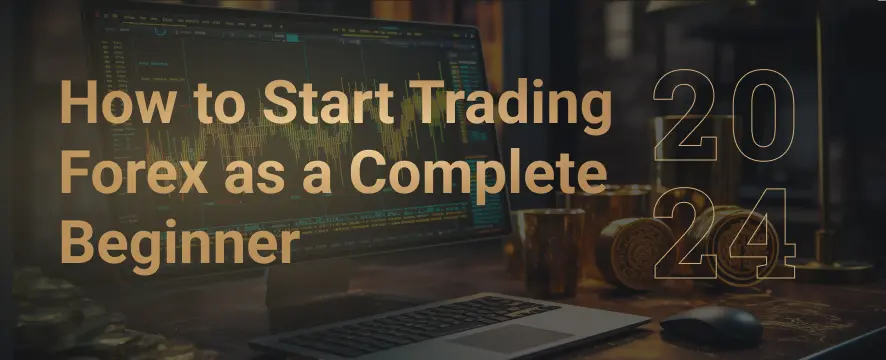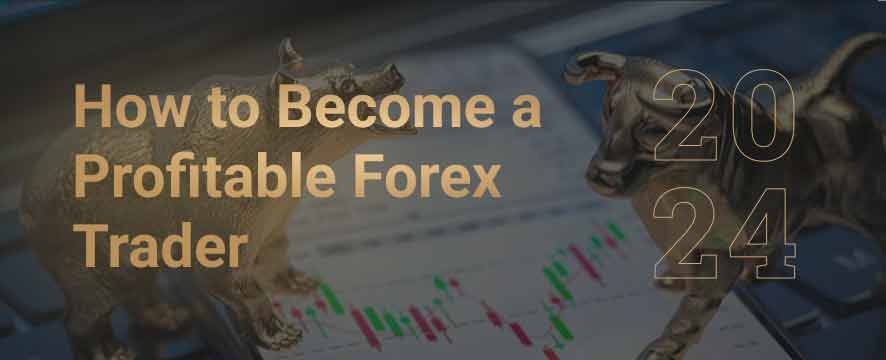6 min read
Share
By making a few small tweaks, it is possible to increase your Forex trading profits almost instantly. In this article, we will delve into 7 tips to instantly boost your Forex profits.

Introduction
Perhaps you are new to Forex Trading and are still learning the basics, such as risk management, technical indicators, and how news moves the markets.
However, if you have a little more experience and are already profitable, you are likely looking for ways to further increase your profit.
In this article, we will highlight 7 Forex Trading tips to instantly increase your profits – what they are and how to implement them into your trading.
Optimize Trade Timing
The first Forex Trading tip is to optimize your trade timing.
It is important to understand that although the Forex Market is open 24 hours a day, not all trading times are as good as others.
The goal should be to trade the Forex Market during high-volume trading hours.
This typically occurs when market sessions such as London, New York, and Tokyo overlap.
During these times, there is a surge in the number of buyers and sellers and, therefore, higher liquidity.
Not only are trades filled easier due to the increased liquidity, but high liquidity results in tighter bid-ask spreads. This is the difference between the bid and ask prices.
These tighter spreads mean lower trading costs due to minimal slippage – which is the difference between the expected and actual price of a trade.
Employ Advanced Risk Management Techniques
Although basic risk management is one of the first things a new Forex Trader should learn, there are some more advanced risk management techniques that Forex Traders can employ to elevate their Forex Trading even further.
Two of these techniques are a trailing stop loss and diversification.
• Trailing stop loss
A trailing stop loss differs from a normal stop loss in that it moves in line with the market price. Unlike a traditional stop loss, which is set at a fixed price level, a trailing stop loss maintains a pre-determined distance.
By using a trailing stop loss order, traders can secure profits as the market moves favorably and exit a position when the market trend changes.
• Diversification
Although it is recommended to primarily trade 1 or 2 currency pairs, diversifying your trades across several currency pairs is a good way to mitigate risk.
However, it does take a good understanding of how currency pairs move and how geopolitical events influence them to diversify your portfolio correctly.
Refine Your Trading Strategy
If you have already developed a trading strategy, constant refinement and tweaking are needed to fine-tune your approach and increase your profits.
One good way to approach this is to learn from other traders. No two traders are exactly alike in how they think and their logic behind making trades.
Therefore, by analyzing your own trades and those of others, you can add a few new tricks to your trading arsenal and increase your profitability.
Furthermore, make us of backtesting, which can help refine your trading strategy by using historical data to test what works and what doesn’t.
Leverage Technical Indicators Wisely
Technical indicators, such as moving averages and RSI indicators are commonly used by Forex Traders.
However, for traders looking to up their game when it comes to technical indicators, consider adding more advanced indicators such as Fibonacci retracements, Ichimoku Cloud, Bollinger Bands, and Elliott Wave Theory.
Each of these indicators offers unique insight into the market by identifying support and resistance levels, highlighting potentially oversold and overbought conditions, and spotting different patterns in the market.
Technical Analysis takes time and practice to master, but for those patient enough to invest their time and energy, they can yield good results.
Master the Art of Scalping for Quick Profits
Scalping is the art of capturing quick and small profits in the highly volatile Forex Market.
Scalpers don’t necessarily look for big trades. They are more focused on ‘riding the wave’ of the volatile Forex Market.
However, scalping is not for newbie Forex Traders, as it requires keen attention to detail, quick decision-making, and the ability to stay calm under pressure.
Furthermore, risk management is crucial, as many small losses can quickly compound over time, adding up and resulting in substantial loss of capital.
However, if mastered, scalping is a fantastic strategy to capture a lot of small profit quickly.
Some of the most common scalping strategies include the following:
• Bollinger Band Scalping
When using this strategy, traders typically observe the 1-minute or 5-minute chart. Traders will watch for the price to either touch or move outside the Bollinger bands and then look to take a trade in the opposite direction, hoping to scalp and capture quick profits.
• Stochastic Oscillator Scalping
This strategy employs a momentum indicator to try and identify upcoming momentum shifts when the market is potentially overbought or oversold. Traders wait for the market to cross potentially overbought (above 80) or oversold (below 20) zones, indicating a potential reversal.
• The 1-minute scalping strategy
When using this strategy, traders will typically look for strong market trends and look to enter trades in the direction of the trend. By observing the 1-minute time frame, traders focus on currency pairs with a tight spread and use indicators such as moving averages and stochastic oscillators to time their entry into the market. The goal is to capture a few pips before exiting the trade.
Increase Your Knowledge of Fundamental Analysis
Fundamental Analysis is the major driving force of currencies and the Forex Market as a whole.
Major geopolitical events such as wars and political instability can be debilitating to a nation’s currency and cause rapid currency price movements.
Furthermore, central bank decisions and economic indicators should be watched closely, as one piece of news can cause sudden and dramatic shifts in the value of a currency.
For day traders and scalpers, technical analysis may provide better tools for entering and exiting trades.
However, for medium and long-term traders, fundamental analysis should be the cornerstone of your trading strategy.
Utilize Sentiment Analysis
Many traders often overlook Sentiment Analysis, but it is a valuable tool to be used alongside technical and fundamental analysis.
Sentiment Analysis seeks to gauge the overall emotions and attitudes of market participants towards certain currencies and the market as a whole.
Traders can make use of several tools, including sentiment indicators, the Commitment of Traders (COT) report, and social media platforms.
Sentiment analysis aims to understand the prevailing attitude of market participants and use this information to try and predict future price action.
Conclusion
The tips covered in this article can make a big difference when implemented into your trading.
Although the basics, such as Forex Education and risk management are crucial for beginner Forex Traders, these tips are more nuanced and can elevate your trading game to a whole new level.
As with anything, it takes time and practice to master them, but the results will be well worthwhile.
Also read

2 min read
Lorem ipsum dolor sit amet, consectetur adipiscing elit, sed do eiusmod tempor incididunt ut labore et dolore magna aliqua. Ut enim ad minim veniam,

7 min read
The key to maximizing profit in forex trading lies in strategically selecting currency pairs based on liquidity, volatility, and trading expertise, while integrating effective technical and fundamental analysis methods.

6 min read
Forex Trading is a world filled with unlimited potential that inspires both excitement and intrigue. However, the question for many is: How to Start Trading Forex as a Complete Beginner?

6 min read
In this article, we will look at some of the most common challenges to becoming a full-time Forex Trader and also discuss how to navigate these challenges effectively.

8 min read
One of the biggest challenges for Forex Traders is becoming consistently profitable.
Join our community
Get an insight from other users about MyFundedFX and their experiences. 114K+ members and counting
